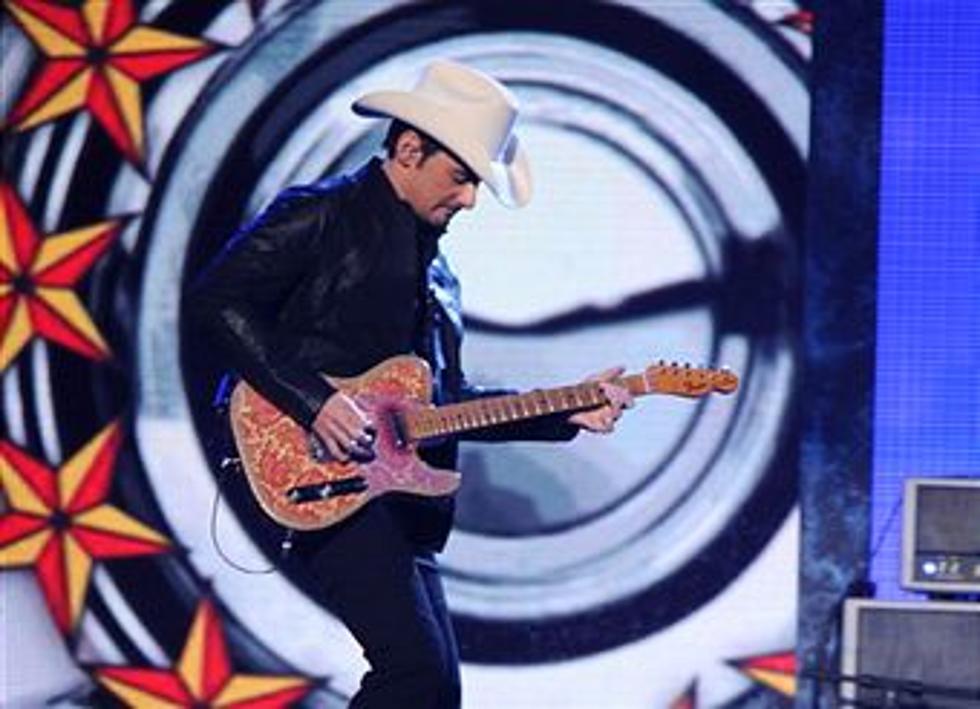
Uncertainty dominates Daytona 500 season opener
DAYTONA BEACH, Fla. (AP) — The fans will stand in silence, three fingers raised toward the sky, on the third lap of the Daytona 500 in honor of the late Dale Earnhardt.
The tribute to mark the 10-year anniversary of Earnhardt's fatal accident is the only certainty going into Sunday's season-opening race. Everything from the style of racing, the dominant drivers and what it will take to win NASCAR's biggest race of the season remained a mystery after one of the more eventful Speedweeks in recent history.
Then again, the drivers have accepted that nothing ever goes as planned leading into the Great American Race.
"Speedweeks always seems to have a scenario that pops up and you have to adjust to it," said 2007 Daytona 500 winner Kevin Harvick.
The latest dilemma is a radically new style of tandem racing that has dominated the three events leading into the 500. Drivers figured out that hooking up in two-car packs is the fastest way around the freshly paved Daytona International Speedway, and boy were they right: Michael Waltrip topped out at 206 mph in the first race of Speedweeks, sending NASCAR scrambling to slow down the cars.
A smaller restrictor plate issued midweek brought the speeds back under control, but NASCAR has yet to break apart the two-car packs that are apparently the new norm. A series of technical changes have limited how long the cars can stay hooked in pairs before their engines begin to overheat, but the drivers have mastered a leapfrogging system that allows them to simply swap positions and resume the two-car push.
Establishing partners and figuring out whom to trust became the most important goal of every on-track session. Kurt Busch seemed to master the new style fastest, parlaying it into victories in both the exhibition Budweiser Shootout and the first qualifying race, while others learned valuable lessons.
"There weren't any single people left; they were all married," Greg Biffle said of becoming separated from teammate Carl Edwards in his qualifying race.





